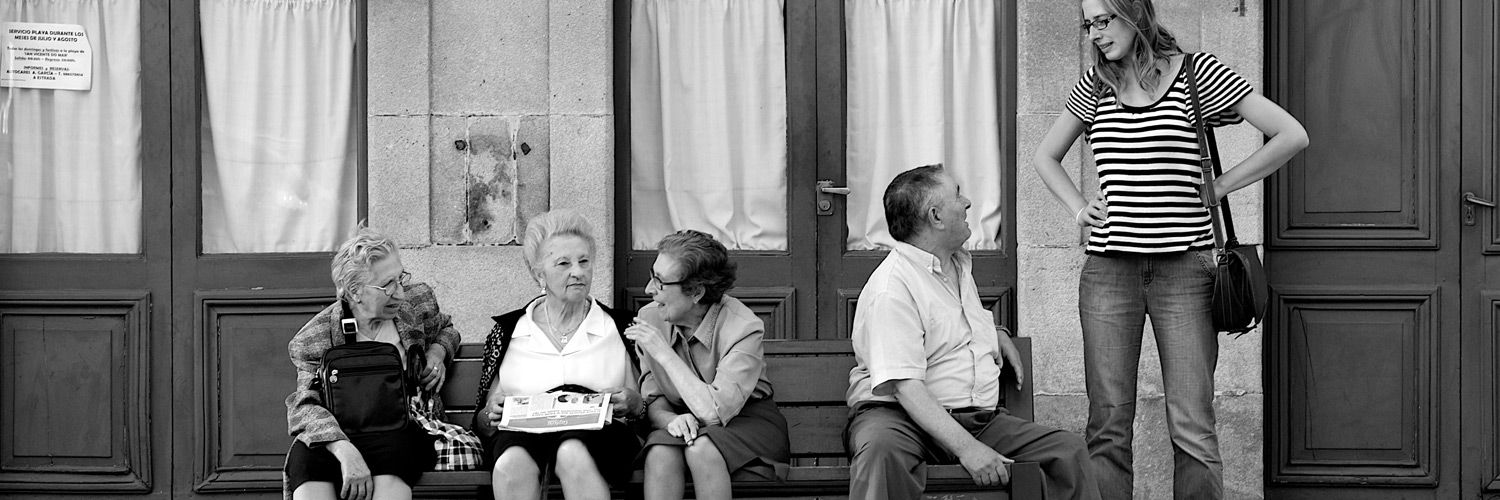
There was a time when the image of Australia was young, bright, brown and grinning – think Lara Bingle unconsciously alienating entire countries with her upfront, good natured queries about your location. Or 80’s ads with Paul Hogan showing the rest of the human race just how orange one’s skin can get.
But now, the orange is rapidly fading to grey as Australia scratches its carbuncles, shambles to the mirror and recognises its ageing population.
By 2020 the median Aussie age will be 40 (Back when Croc Dundee was released to cinemas it was just 29) there’ll also be more 65-year-olds than one-year-olds. The Australian Institute of Health and Welfare is watching the trend very closely – as is Canberra. There was a reason why Abbott kick-started love lives across the country when he opened his wallet for the baby bonus, after all.
If we have to fingerpoint, let’s start with the baby boomers.
As well as spending years reinvesting their money into the property market, hundreds of thousands of them have chained themselves to their desks in Australian workplaces. Fair enough – some of them have had their superannuations and nest eggs cut away by 20 per cent in the last two years of global marketplace hiccups. Investment Bank Merill Lynch published figures recently showing one in three baby boomers want to keep working until they reach 64.
Here in Melbourne, Monash Council research reveals that 70% of the boomers wanted to stay in their family home after retirement. This research suggests retirement homes and aged care villages aren’t going to see any burst of activity until 2015, at least. Instead, expect Jim’s Mowing, grandkids getting asked to do more chores for pocket money and plenty of empty family rooms in a lot of the boomers dens. These rooms will sit empty while young families and new Australians struggle under the (frankly grotesque) prices of homes we’re seeing now.
Official Aust Govt projections suggest up to 220,000 baby boomers will reach the pension age this year. But that’s not the big cost – think about the pills everyone’s grandad and grandma will be popping.
Alzheimer’s Australia released a report by Access Economics that estimated there would be 1.1 million Australians with dementia in 2050, compared with 245,000 today. Again, the Australian Institute of Health and Welfare have warned a higher proportion of our “end years” is being spent in disability than in the recent past, when even a minor health problem could lead to death. It’s expected that 52 per cent of baby boomer women in their 50s to early 60s can expect to live to 90, as can 34 per cent of men. It’s time for Australia to ensure we focus on quality of life, not so much quantity.
Whatever happens – we know there’s an increasing market for older Australia and we know a typical Aussie beach might not be as aesthetically pleasing as it has been in the past. For the young ‘uns, at least.

